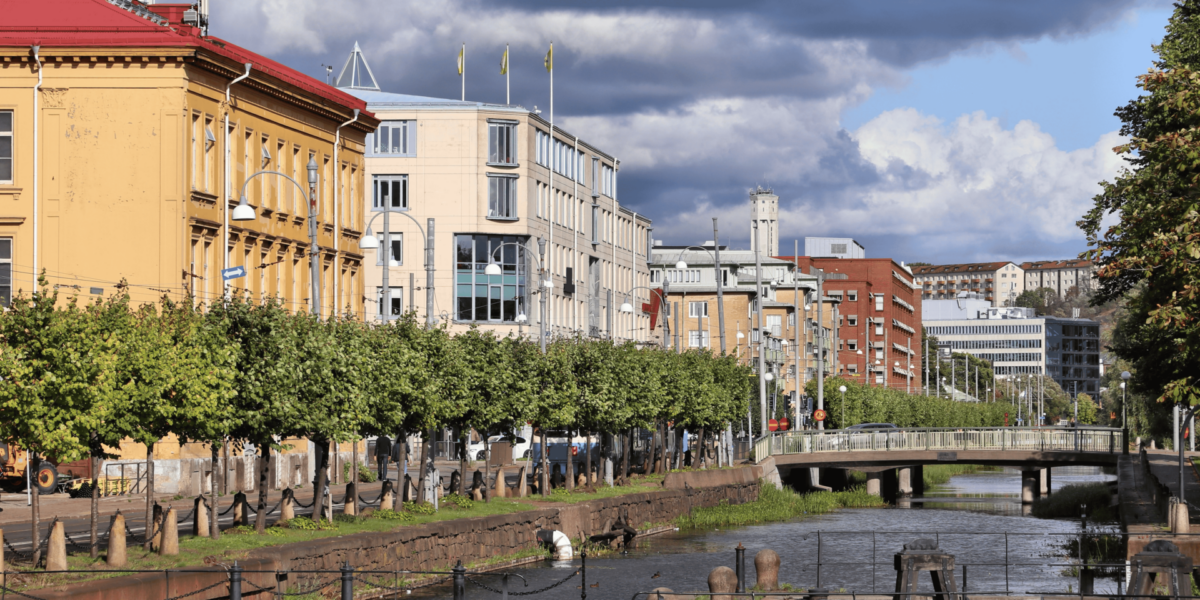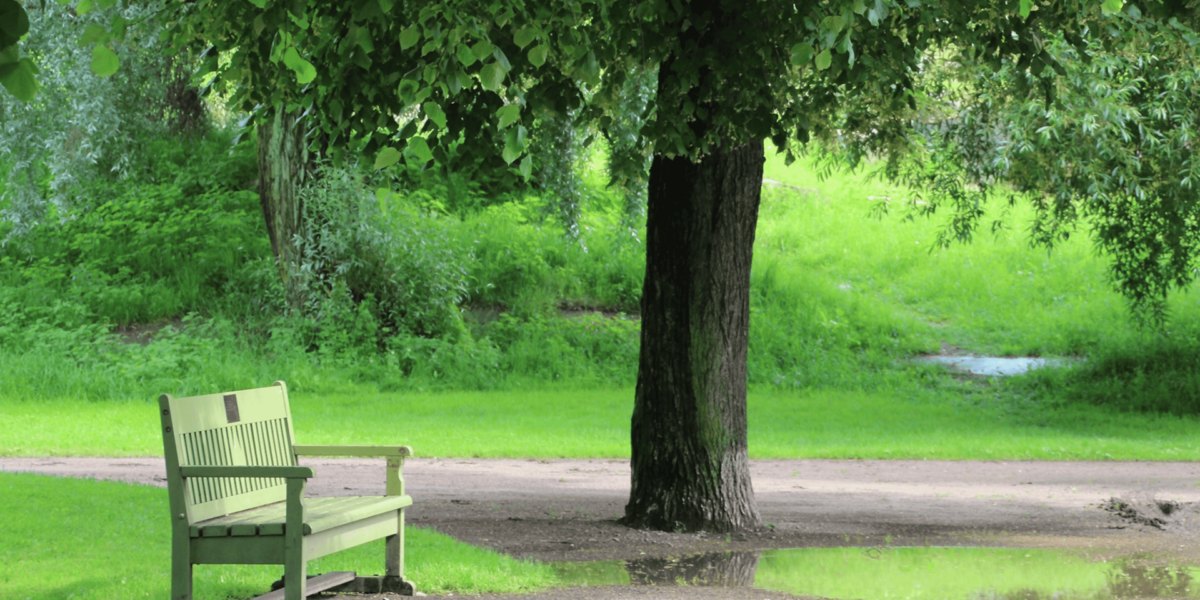Prioritet Serneke Arena Stands as a Landmark of Modern Sports in Gothenburg
Prioritet Serneke Arena, located in eastern Gothenburg’s Kviberg Park, is the largest multi-sport facility in the Nordic region. This seven-story structure combines high-performance athletic spaces with public fitness access, making it both a training hub and a community resource.
From the outside, the arena’s angular design reflects its focus on efficiency and scale. Inside, the layout supports nonstop movement across multiple sports and user groups. Whether hosting athletes, students, or business travelers, the arena functions with purpose-built flow from floor to floor.
The Indoor Ski Tunnel Defines the Arena’s Innovation
A key feature of the arena is its indoor ski tunnel, which stretches 1.2 kilometers. Designed for year-round use, it allows cross-country skiers to train regardless of season or weather. The climate-controlled space maintains consistent snow quality, ensuring reliable training conditions even in summer.
A skier beginning their session moves through a structured entry point, equipped with lockers, waxing stations, and warm-up zones. The tunnel mimics real trail conditions, with inclines, curves, and flat sections that prepare users for competition or long-distance events.
Full-Size Football Pitch Brings the Game Indoors
The arena’s indoor football field matches standard dimensions, providing space for team practices, matches, and youth training programs. Synthetic turf covers the surface, built to reduce injury risk and support continuous play.
Players enter directly from changing rooms, and the field features proper lighting, temperature control, and spectator seating. This design allows teams to schedule matches without needing to plan around Sweden’s cold or unpredictable weather patterns.
Fitness Center Supports Daily Training and Recovery
Located on one of the upper floors, the fitness center caters to a wide range of users, from elite athletes to casual gym-goers. It includes resistance training machines, free weights, cardio equipment, and recovery areas such as saunas and stretching zones.
Visitors scan in through an automated entry, access training logs via integrated systems, and move through workout circuits supported by on-site trainers. The space balances high-capacity functionality with personalized routines to serve individuals and sports teams alike.
Conference Spaces Align Business With Wellness
Inside the arena, conference rooms and meeting spaces allow for business gatherings, workshops, and hybrid events. Equipped with audio-visual systems and high-speed connectivity, the rooms support corporate use without separating attendees from the venue’s active atmosphere.
A realistic weekday scenario may involve a team of professionals meeting in a third-floor room with views of the pitch below. During breaks, they access the arena’s café or gym, blending productivity with physical activity. This design removes the gap between business travel and wellness.
Hotel Access Enhances the Arena Experience
Connected to the arena is the Kviberg Park Hotel & Conference, offering accommodation directly within the sports complex. Guests check into rooms designed for recovery, with quiet zones, blackout curtains, and immediate access to the gym, ski tunnel, and football pitch.
This setup benefits athletes attending multi-day tournaments, business guests using the conference facilities, or tourists seeking a unique stay. The hotel also includes a restaurant offering balanced meals tailored to physical performance and recovery.
Sports Clinics and Rehab Services Build Athlete Support
The arena includes medical and sports rehab services focused on injury prevention, recovery, and physical therapy. These clinics operate in partnership with professional teams and are also available to the public.
An injured player, for instance, can receive treatment, follow a custom rehabilitation plan, and continue light training in the same building—all under guidance from licensed professionals. This holistic approach reduces time away from sport and supports long-term performance goals.
Youth Programs and Schools Use the Arena Year-Round
Several schools and youth programs use Prioritet Serneke Arena as a regular part of their curriculum. The structure includes classrooms and lecture spaces alongside athletic zones, making it ideal for sport-focused academic paths.
Each day, students rotate between academic lessons and physical training without needing to leave the building. The space is designed to support long-term development in both education and athletics, creating pathways for future careers in health, fitness, or professional sport.
Sustainable Design Reflects Long-Term Planning
Sustainability plays a key role in the arena’s design. Energy-efficient systems regulate lighting, temperature, and water usage across all seven floors. Solar panels, smart ventilation, and locally sourced materials support the facility’s low environmental footprint.
Routine operations, such as snow production in the ski tunnel or pitch maintenance, follow strict efficiency guidelines. Visitors can see these systems in action, with signage and digital boards explaining how the arena manages its environmental impact.
Prioritet Serneke Arena Sets a Standard for Multi-Use Sports Hubs
Prioritet Serneke Arena is more than a building. It’s a multi-layered hub where sports, education, business, and community life intersect. Its scale allows for parallel activity—elite competition on one level, school groups training on another, and conferences taking place upstairs.
This constant movement reflects the arena’s purpose: to serve as a central location where individuals and groups can access world-class facilities in one integrated space. It sets a model for future multi-use sports complexes across Europe and beyond.





